Lucas’s success as a writer and director with American Graffiti (1973) gained him the backing of 20th Century Fox, which put up $9.5 million for the production of the first Star Wars film. The film, directed by Lucas, was in production for four years, with scenes shot in Tunisia and Death Valley, California, and on soundstages in England. When it was released on May 25, 1977, Star Wars (later retitled Star Wars: Episode IV—A New Hope) met with runaway success. A space opera set “a long time ago in a galaxy far, far away,” the film centers on Luke Skywalker (played by the then relatively unknown Mark Hamill), a young man who finds himself embroiled in an interplanetary war between an authoritarian empire and rebel forces. Skywalker and the opportunistic smuggler Han Solo (Harrison Ford) are tasked with saving Princess Leia (Carrie Fisher) from captivity on a massive space station commanded by the menacing Darth Vader, whose deep mechanically augmented voice (contributed by James Earl Jones) became instantly iconic. At the core of the film and the series it initiated are the Jedi Knights—a group of either benevolent or malevolent warriors who harness and manipulate the Force, an all-pervasive spiritual essence that holds in balance the forces of good and evil—and Skywalker’s quest to join their ranks. The film won six Academy Awards along with a special-achievement award for accomplishments in sound, and it revolutionized the motion picture industry with its advancements in special effects. Lucas’s effects company, Industrial Light and Magic (ILM), designed a slew of imaginative alien creatures and mechanical “droids” that populated a variety of exotic locales. Perhaps most impressive, however, were the elaborate space battles accomplished with scaled miniatures. The Star Wars saga has had a significant impact on popular culture, with references to its fictional universe deeply embedded in everyday life. Phrases like “evil empire” and “May the Force be with you” have become part of the popular lexicon. The first Star Wars film in 1977 was a cultural unifier, enjoyed by a wide spectrum of people. The film can be said to have helped launch the science-fiction boom of the late 1970s and early 1980s, making science-fiction films a mainstream genre. In 1989, the Library of Congress selected the original Star Wars film for preservation in the U.S. National Film Registry, as being “culturally, historically, or aesthetically significant.” The Empire Strikes Back was selected in 2010, and Return of the Jedi was selected in 2021.
Star Wars fundamentally changed the aesthetics and narratives of Hollywood films, switching the focus of Hollywood-made films from deep, meaningful stories based on dramatic conflict, themes, and irony to sprawling special-effects-laden blockbusters, as well as changing the Hollywood film industry in fundamental ways. Before Star Wars, special effects in films had not appreciably advanced since the 1950s. The commercial success of Star Wars created a boom in state-of-the-art special effects in the late 1970s. Along with Jaws, Star Wars started the tradition of the summer blockbuster film in the entertainment industry, where films open on many screens at the same time and profitable franchises are important. It created the model for the major film trilogy and showed that merchandising rights on a film could generate more money than the film itself did. Film critic Roger Ebert wrote in his book The Great Movies, “Like The Birth of a Nation and Citizen Kane, Star Wars was a technical watershed that influenced many of the movies that came after.” It began a new generation of special effects and high-energy motion pictures. The film was one of the first films to link genres together to invent a new, high-concept genre for filmmakers to build upon. Finally, along with Steven Spielberg’s Jaws, it shifted the film industry’s focus away from personal filmmaking of the 1970s and towards fast-paced, big-budget blockbusters for younger audiences. Some critics have blamed Star Wars and Jaws for “ruining” Hollywood by shifting its focus from “sophisticated” films such as The Godfather, Taxi Driver, and Annie Hall to films about spectacle and juvenile fantasy, and for the industry shift from stand-alone, one and done films, towards blockbuster franchises with multiple sequels and prequels. One such critic, Peter Biskind, complained, “When all was said and done, Lucas and Spielberg returned the 1970s audience, grown sophisticated on a diet of European and New Hollywood films, to the simplicities of the pre-1960s Golden Age of movies… They marched backward through the looking-glass.” In an opposing view, Tom Shone wrote that through Star Wars and Jaws, Lucas and Spielberg “didn’t betray cinema at all: they plugged it back into the grid, returning the medium to its roots as a carnival sideshow, a magic act, one big special effect”, which was “a kind of rebirth”.
(Photo credit: Pinterest / Flickr / Wikimedia Commons / Britannica). Notify me of new posts by email.
Δ Subscribe



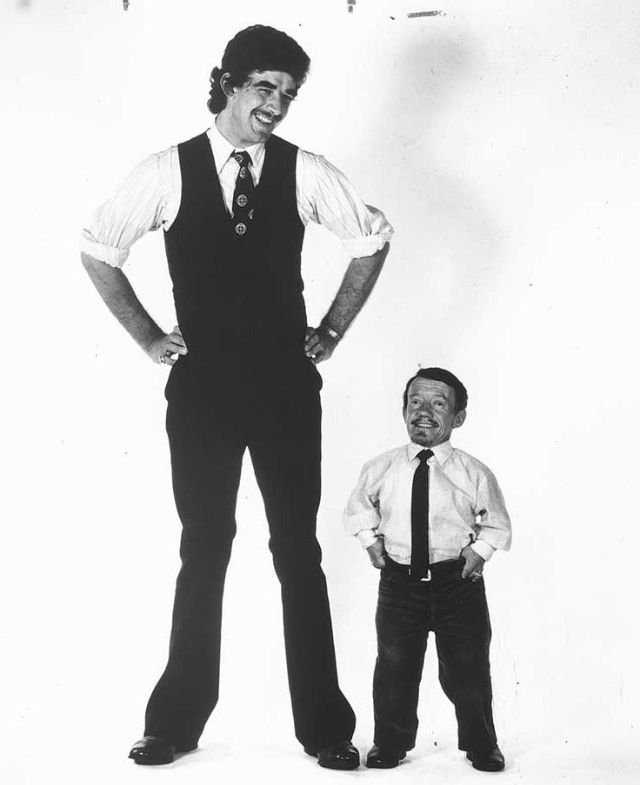

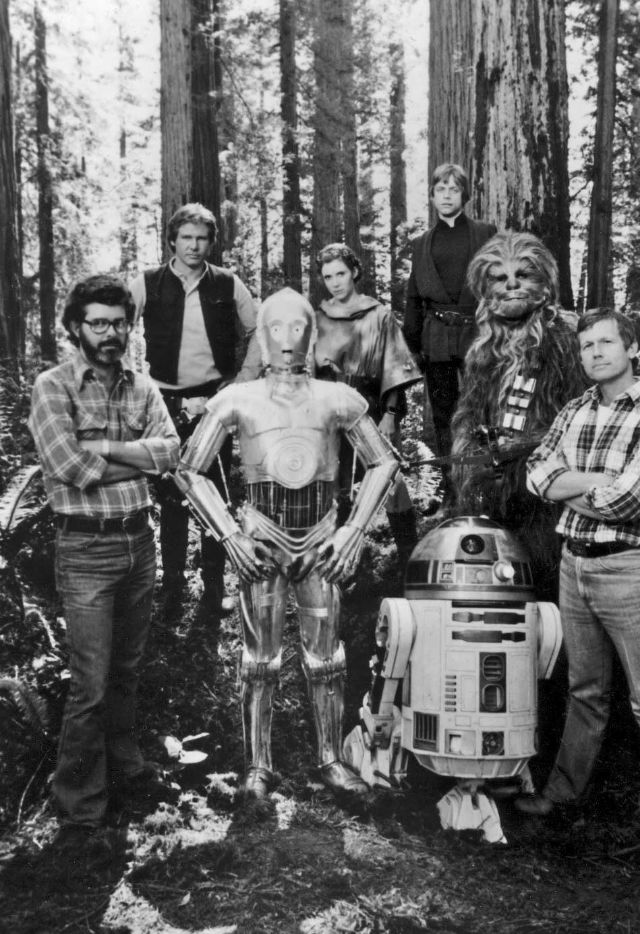






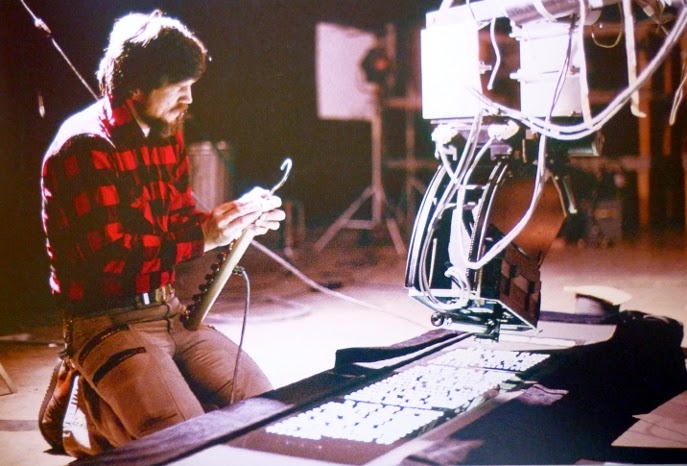.jpg)
.jpg)
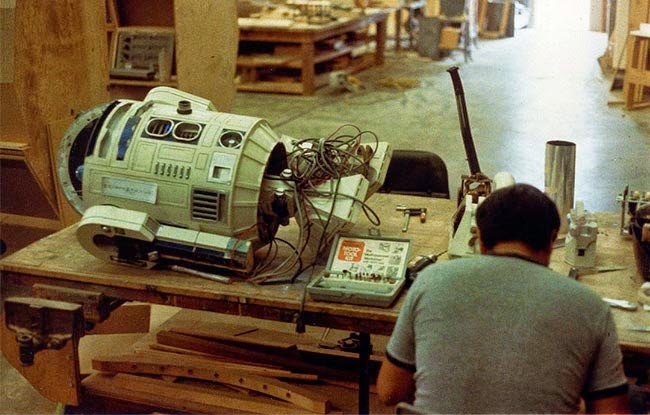.jpg)
.jpg)
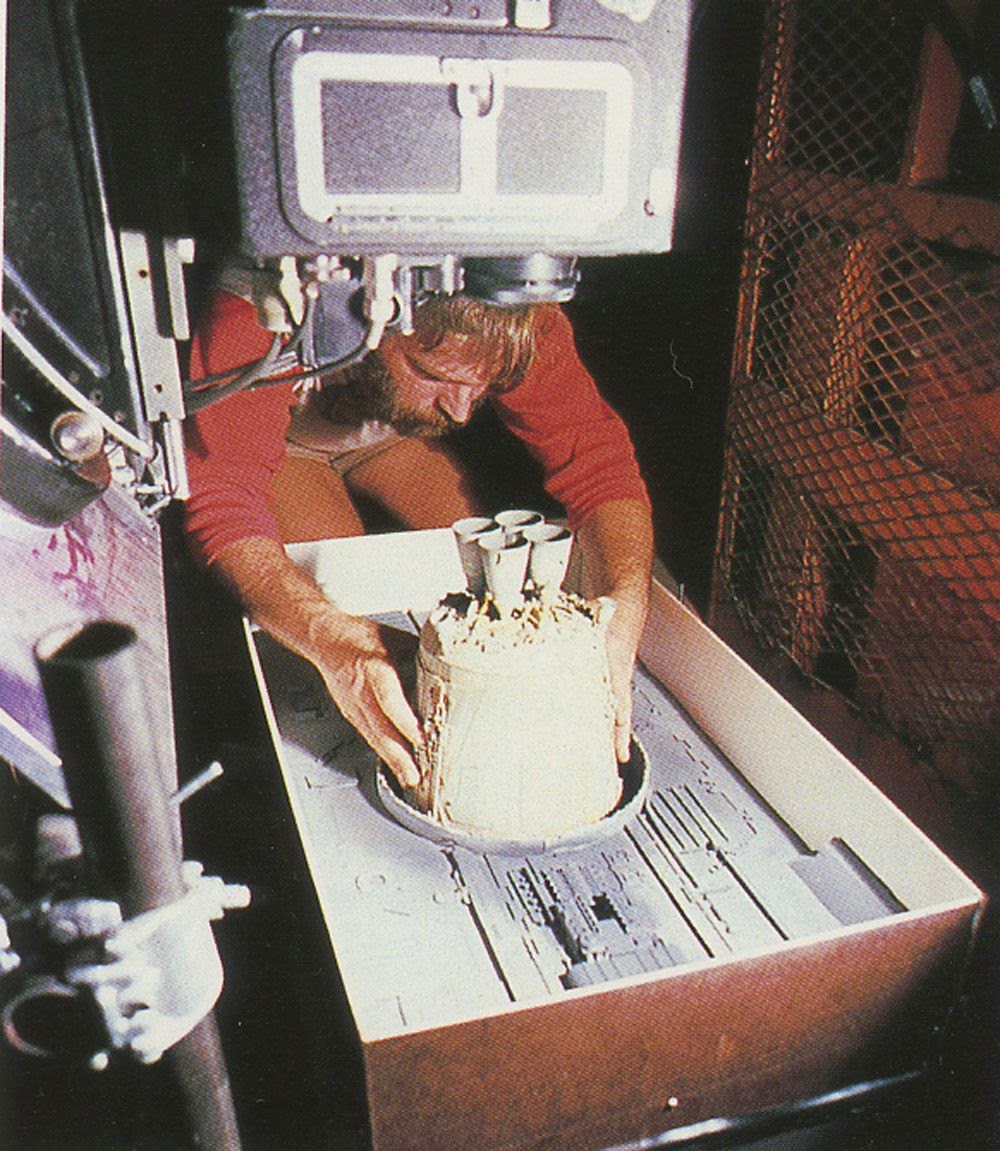.jpg)
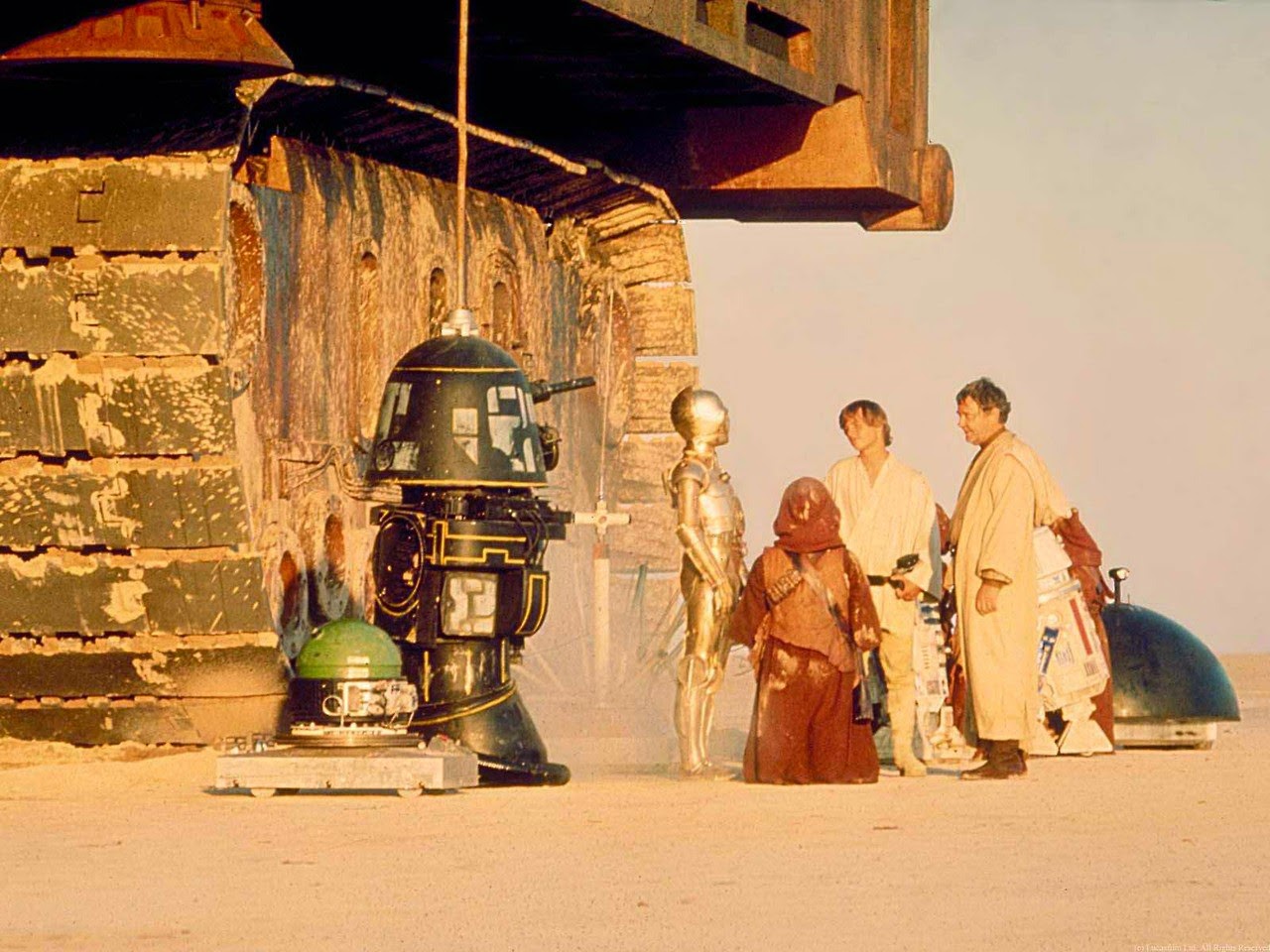.jpg)
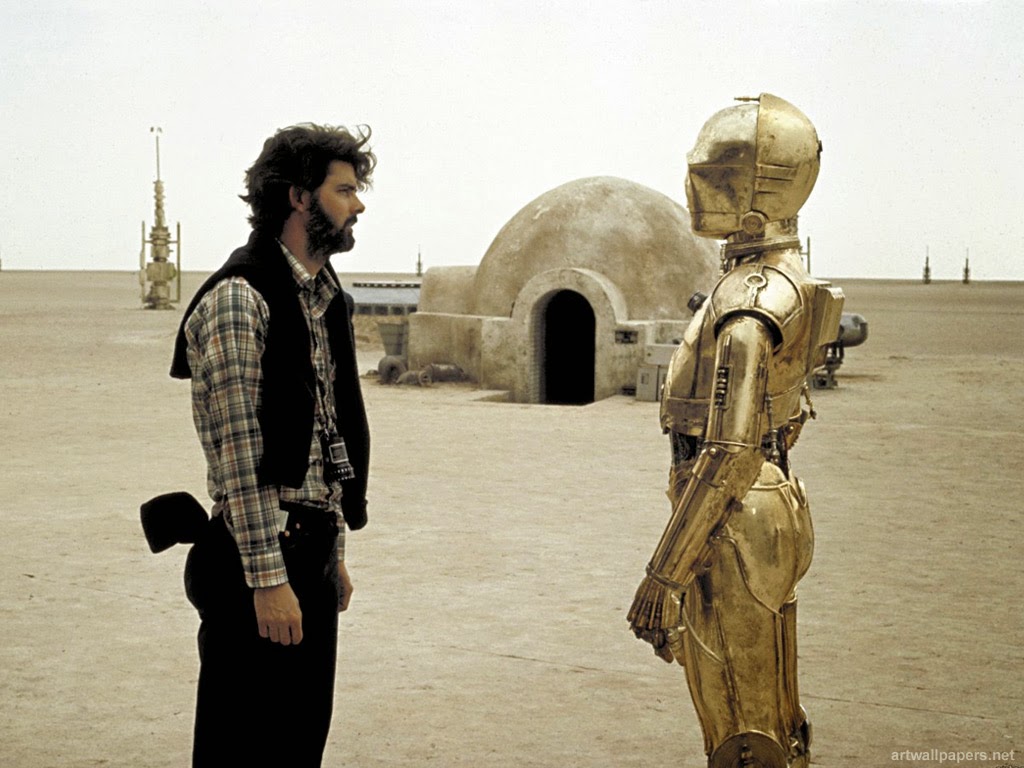.jpg)
.jpg)
.jpg)
.jpg)
.jpg)
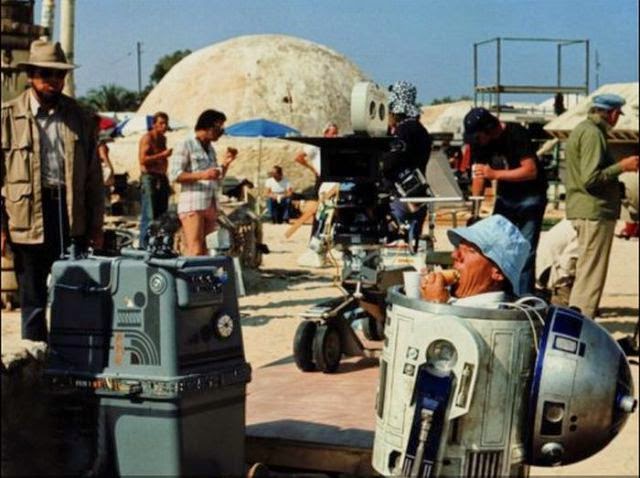.jpg)
.jpg)
.jpg)
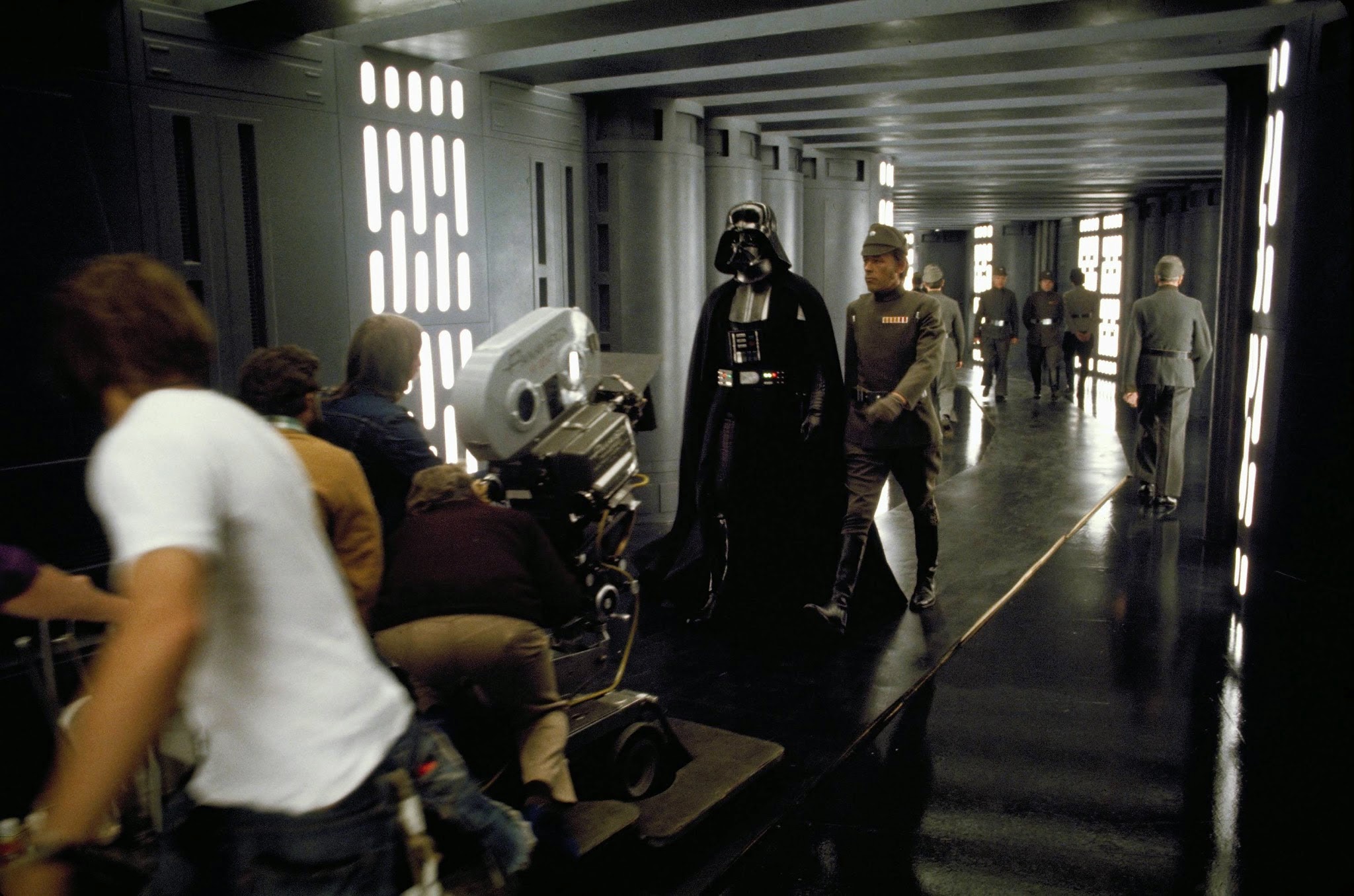.jpg)
.jpg)
.jpg)
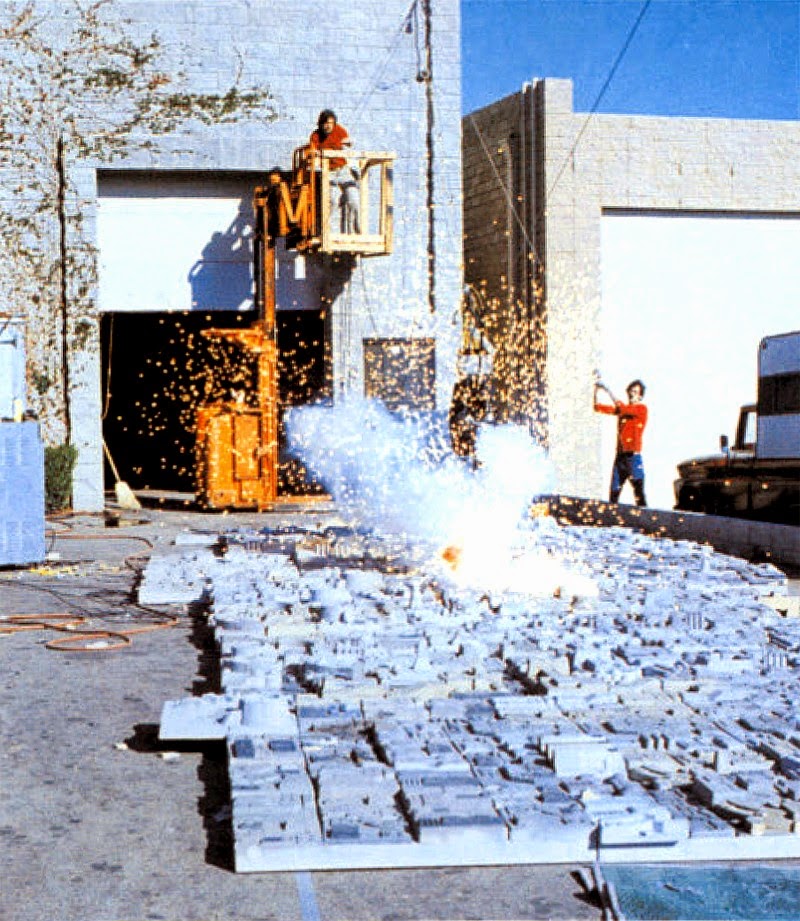.jpg)
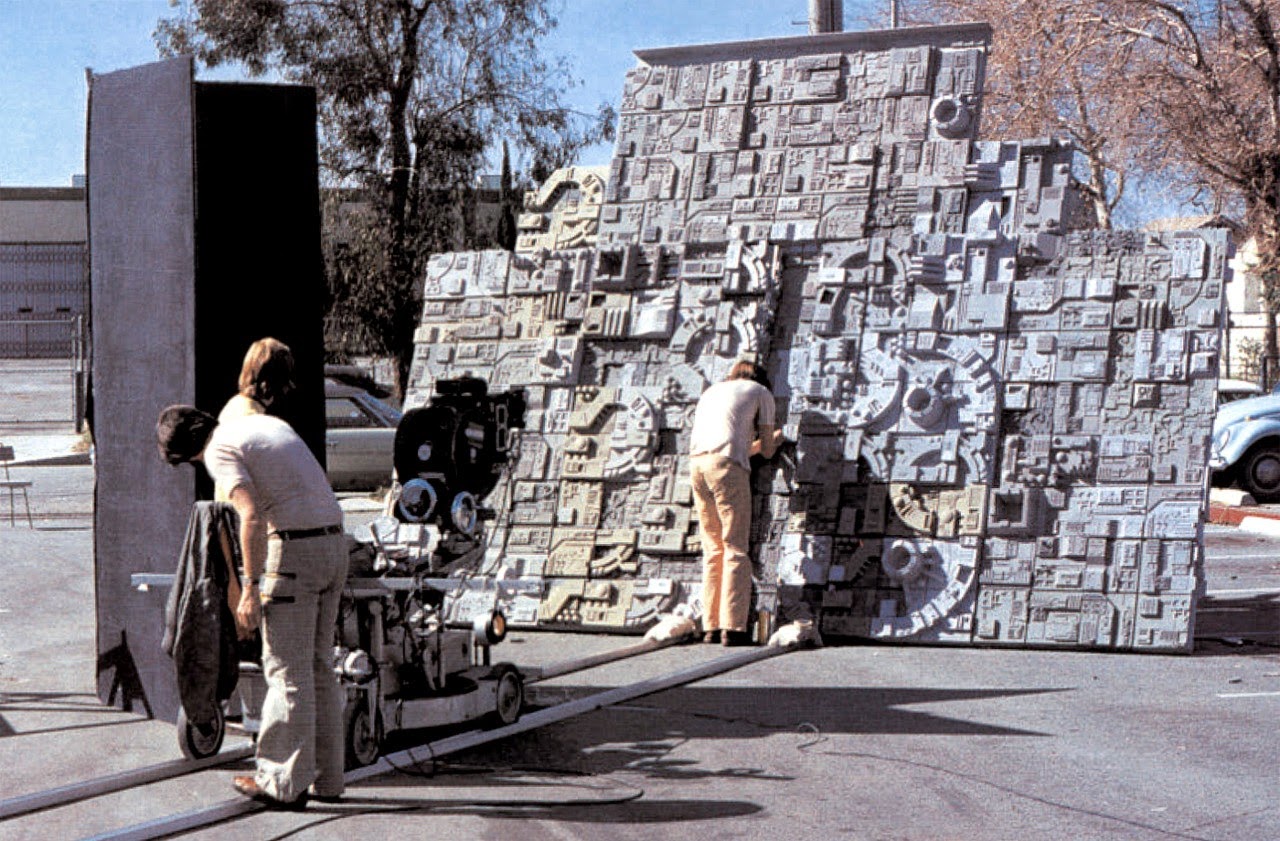.jpg)



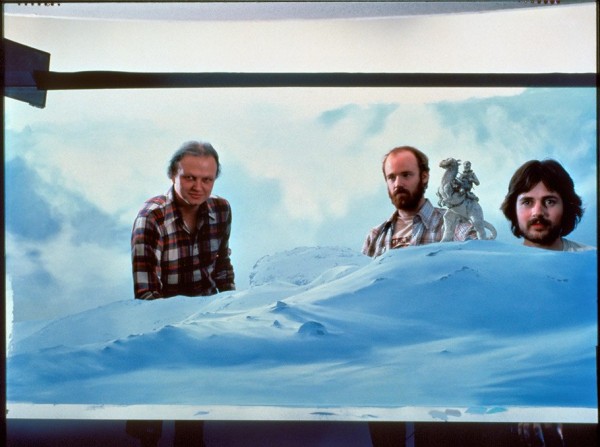.jpg)
.png)
.jpg)
.png)
.jpg)
.png)
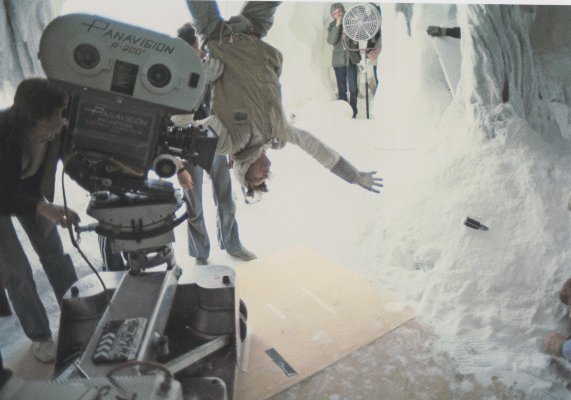.jpg)
.png)
.jpg)
.png)
.jpg)
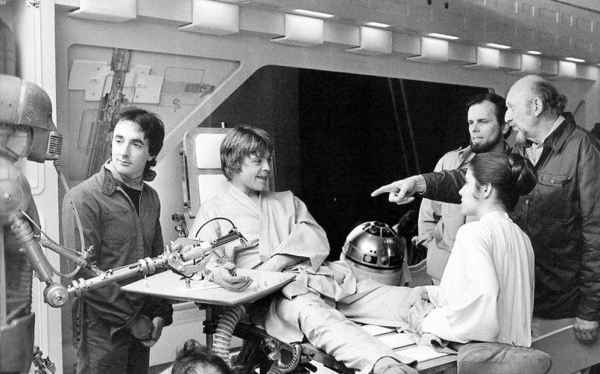.png)
.jpg)
.png)
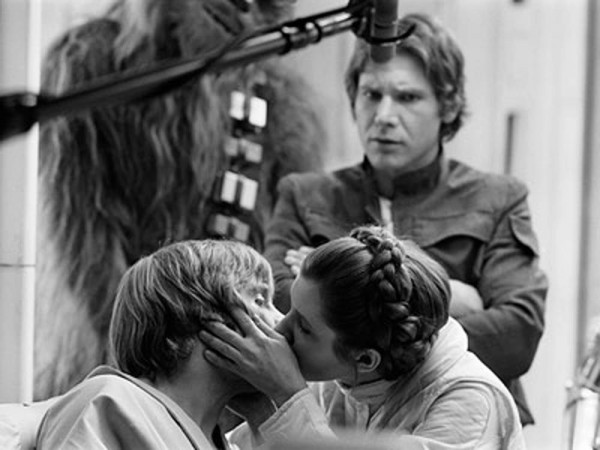.jpg)
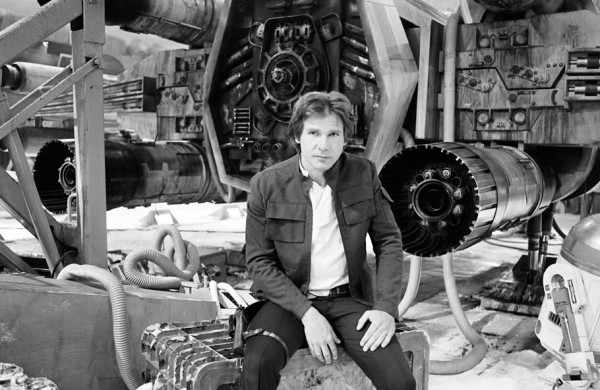.jpg)
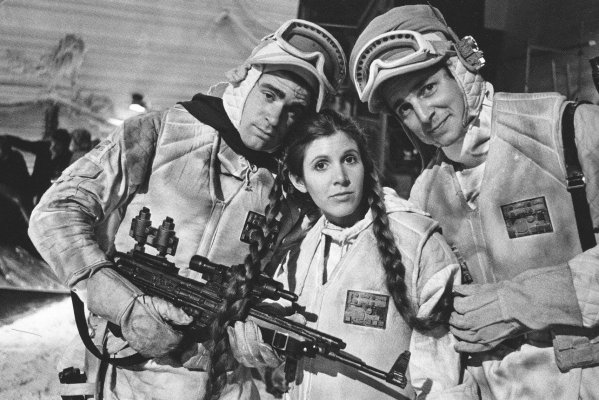.jpg)
.jpg)
.jpg)
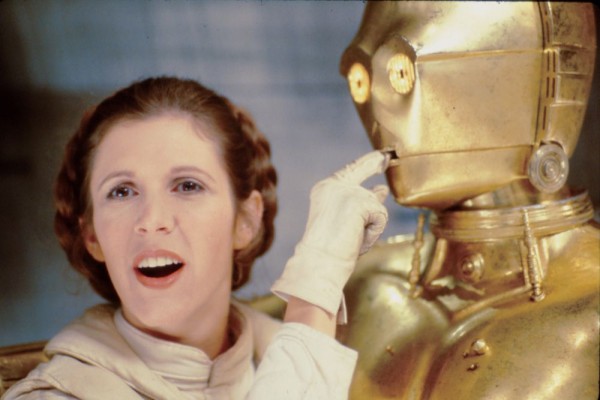.jpg)
.jpg)
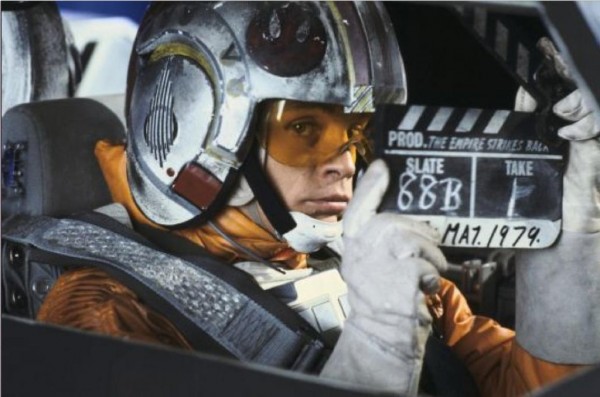.jpg)
.jpg)
.jpg)
.jpg)
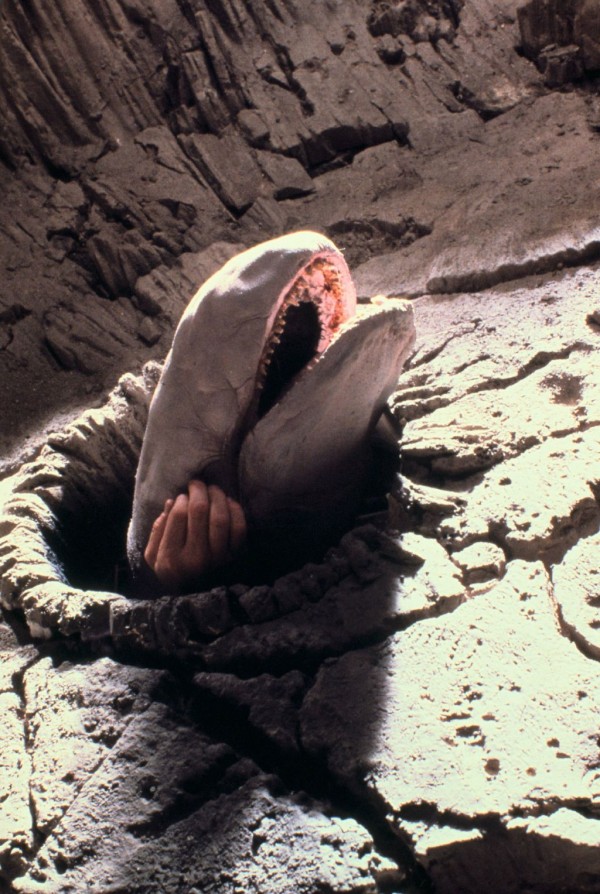.jpg)
.jpg)
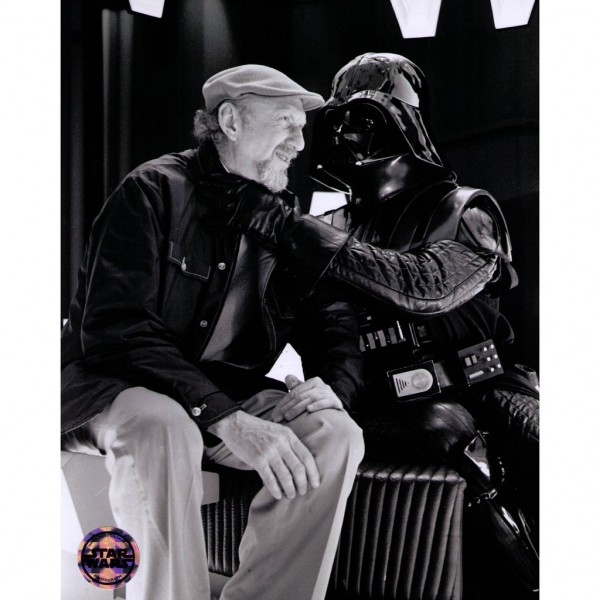.jpg)
.jpg)
.jpg)
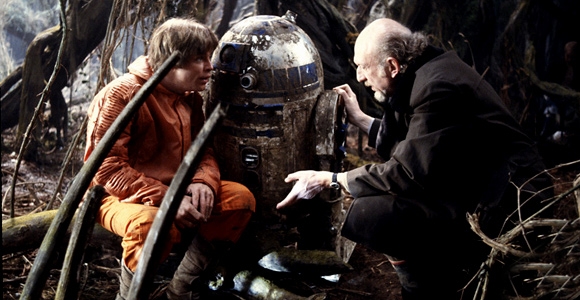.jpg)
.jpg)
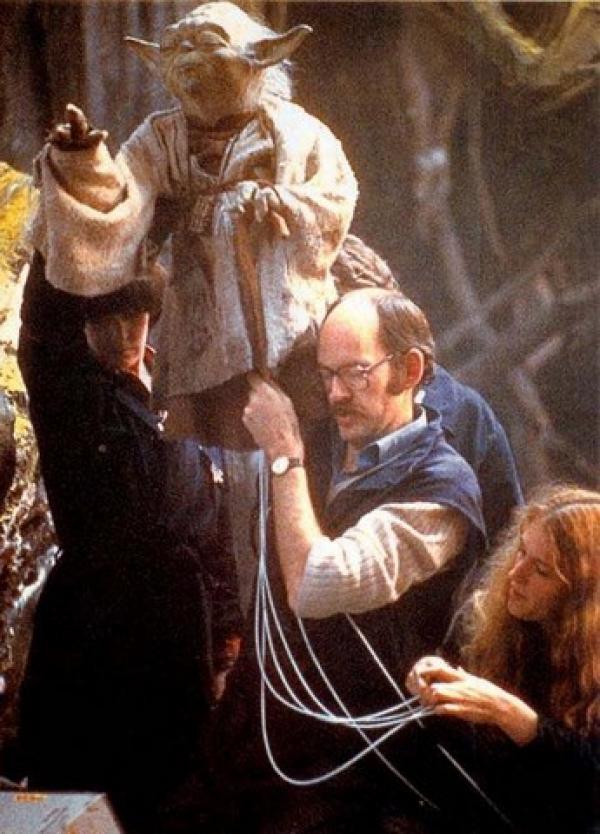.jpg)
.jpg)
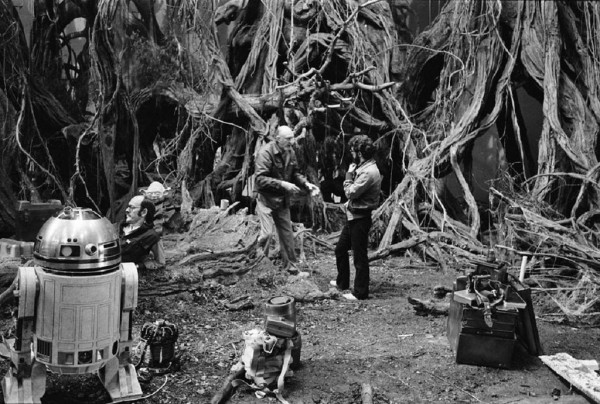.jpg)
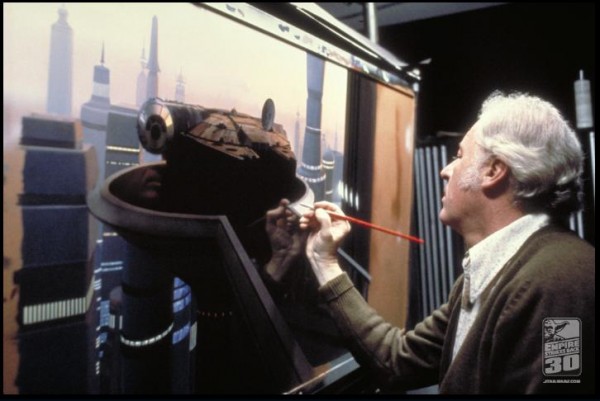.jpg)
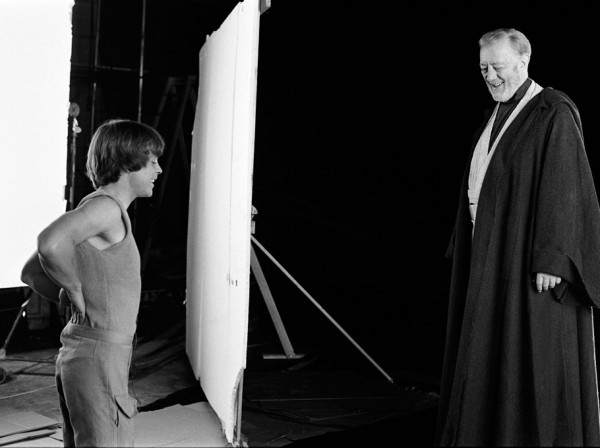.jpg)
.jpg)
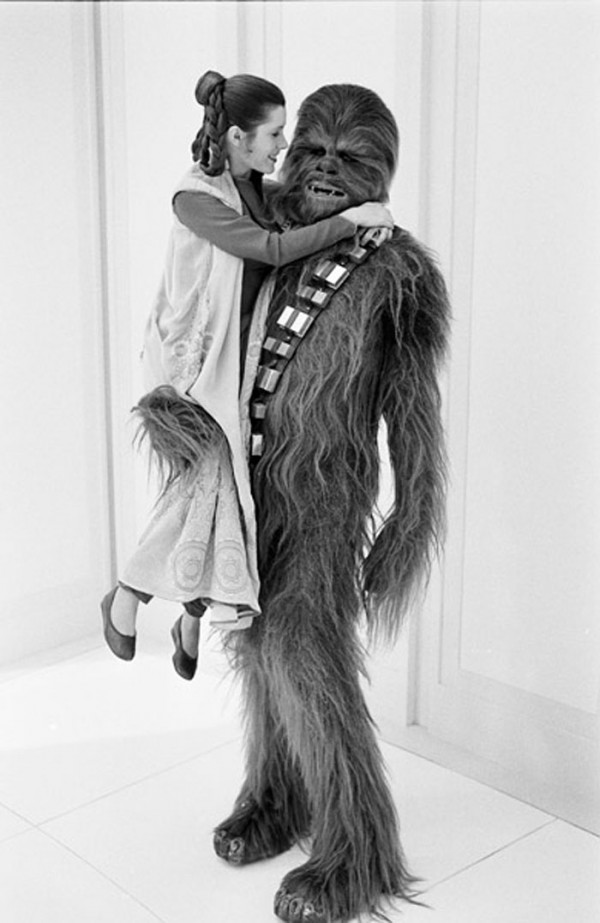.jpg)
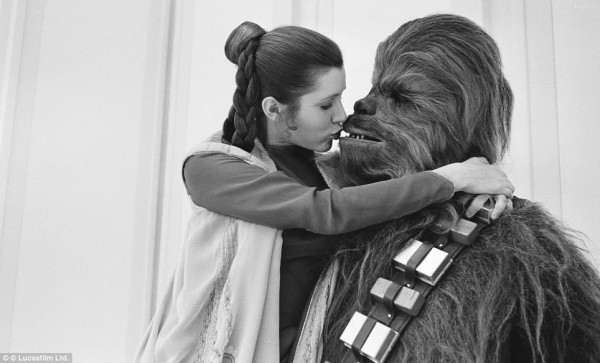.jpg)
.jpg)
.jpg)
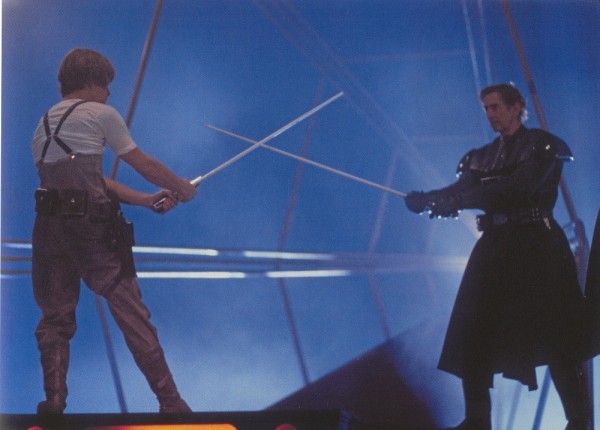.jpg)
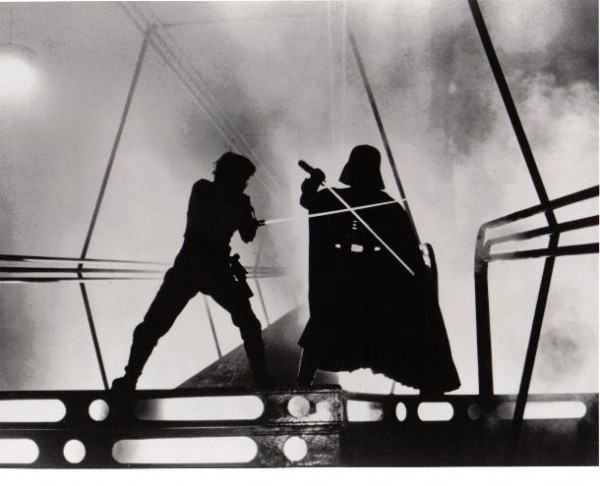.jpg)
.jpg)
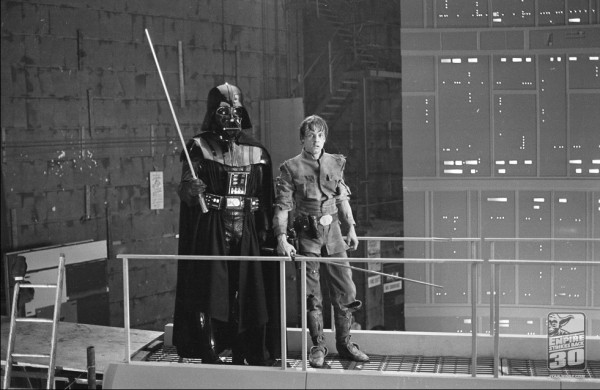.jpg)
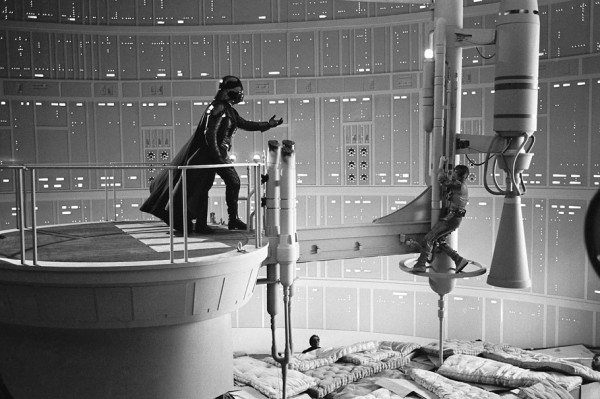.jpg)
.jpg)
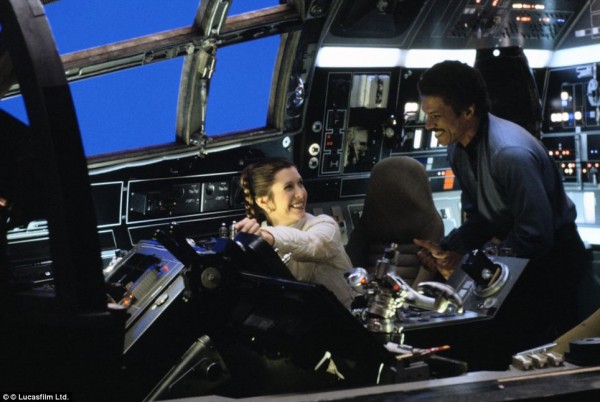.jpg)
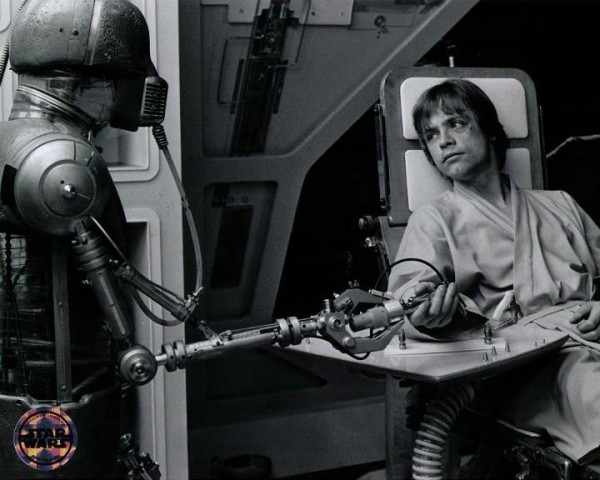.jpg)
.jpg)
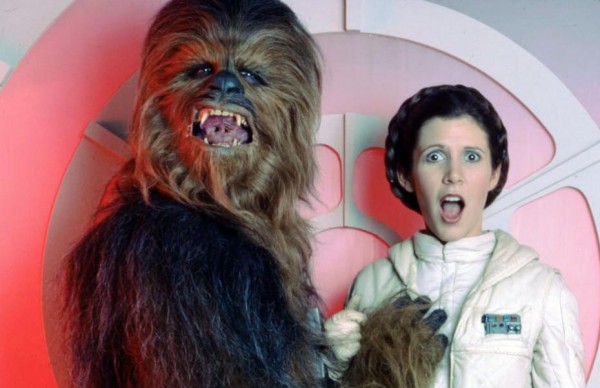.jpg)
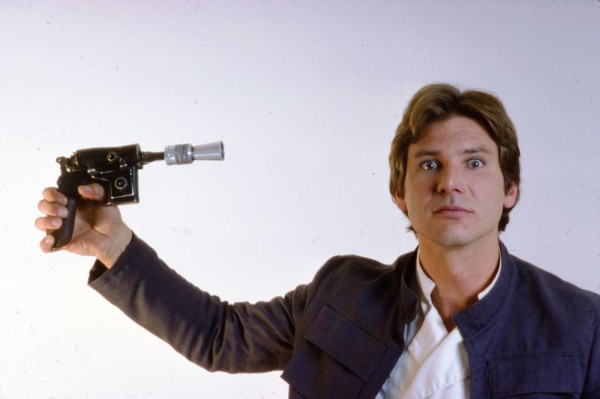.jpg)